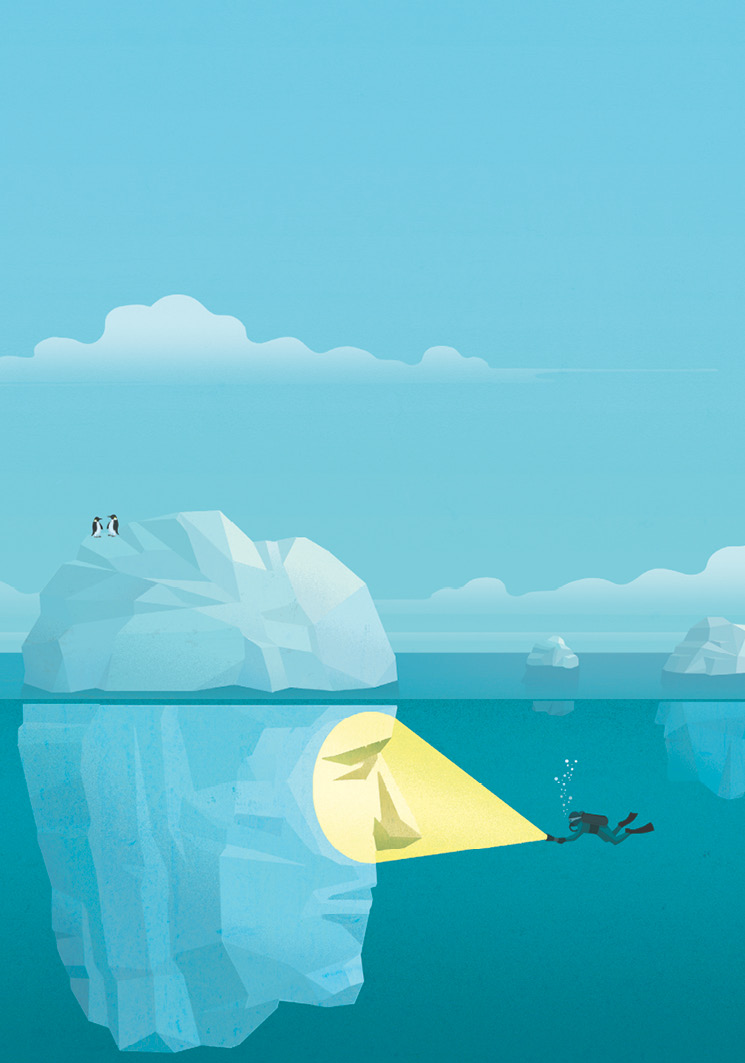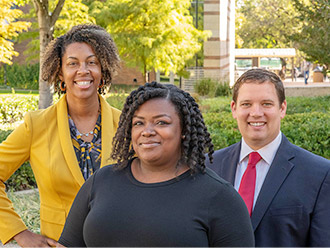To better understand the social organization of caribou hunters who lived 9,000 years ago, Ashley Lemke is looking beneath the surface—literally.
The assistant professor of anthropology received funding from the National Science Foundation to survey and excavate ancient hunting sites in the Great Lakes that she believes could be a travel route for hunters and caribou.
“There’s a sunken forest in Lake Huron, so as I’m discovering tools and hunting structures, I’m seeing the landscape as these people saw it 9,000 years ago,” says Dr. Lemke.
In separate projects, she is using virtual reality technology to show indigenous people in Alaska what the landscape looked like when their ancestors lived on it and is exploring areas in North Carolina for evidence of prehistoric people in the Atlantic.
“The sites I study are underwater due to changes in our climate, and we’re facing similar issues now,” Lemke says. “With underwater archaeology, we can study the past and see how people adapted or responded as the land around them changed.”
To learn more, visit Dr. Lemke’s Instagram and Twitter accounts.



